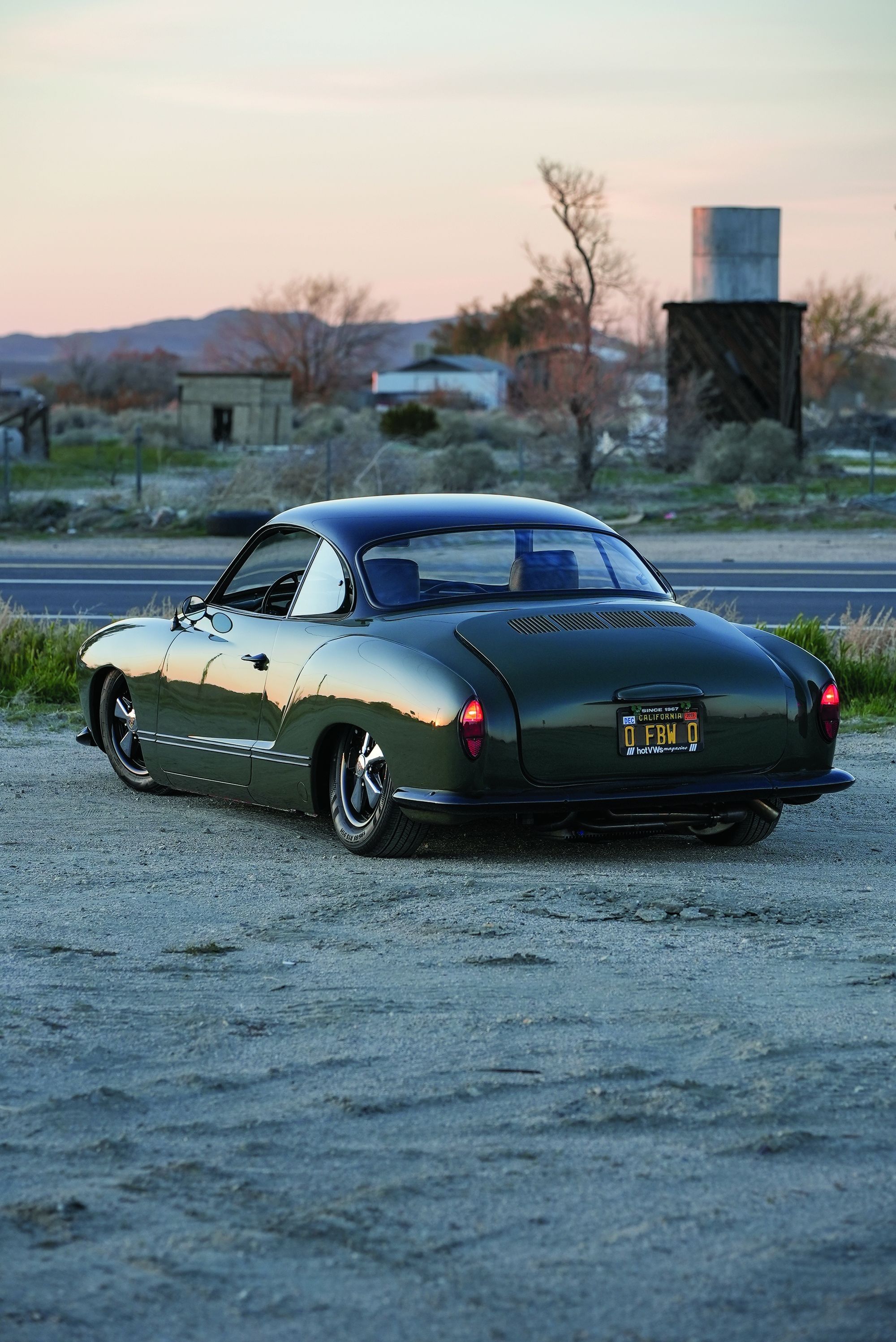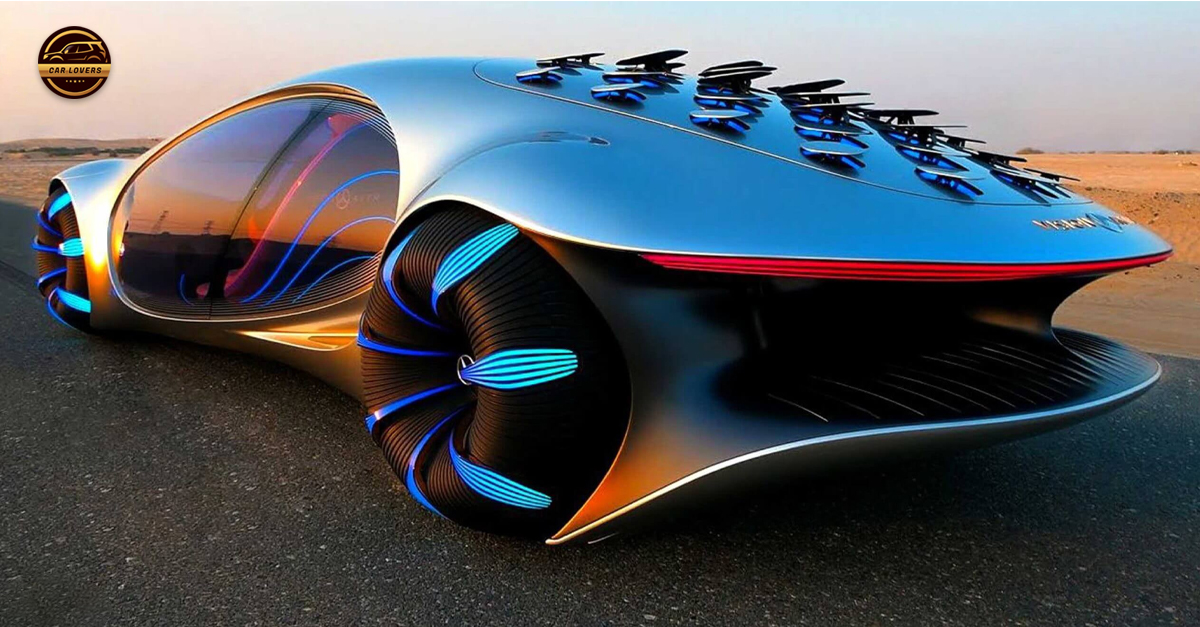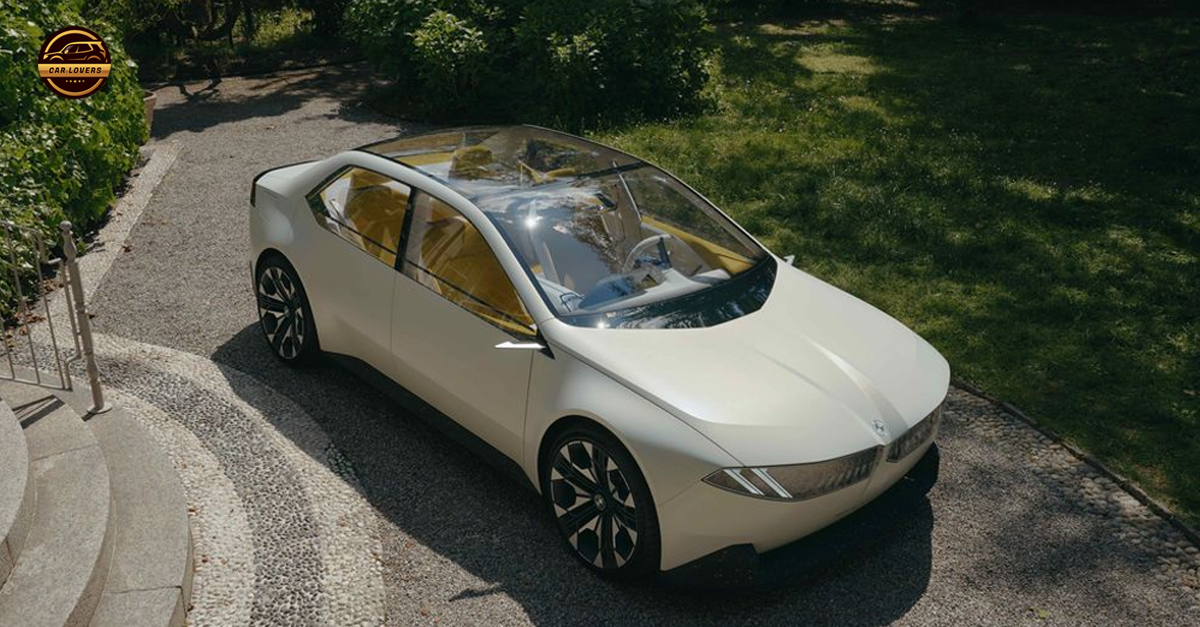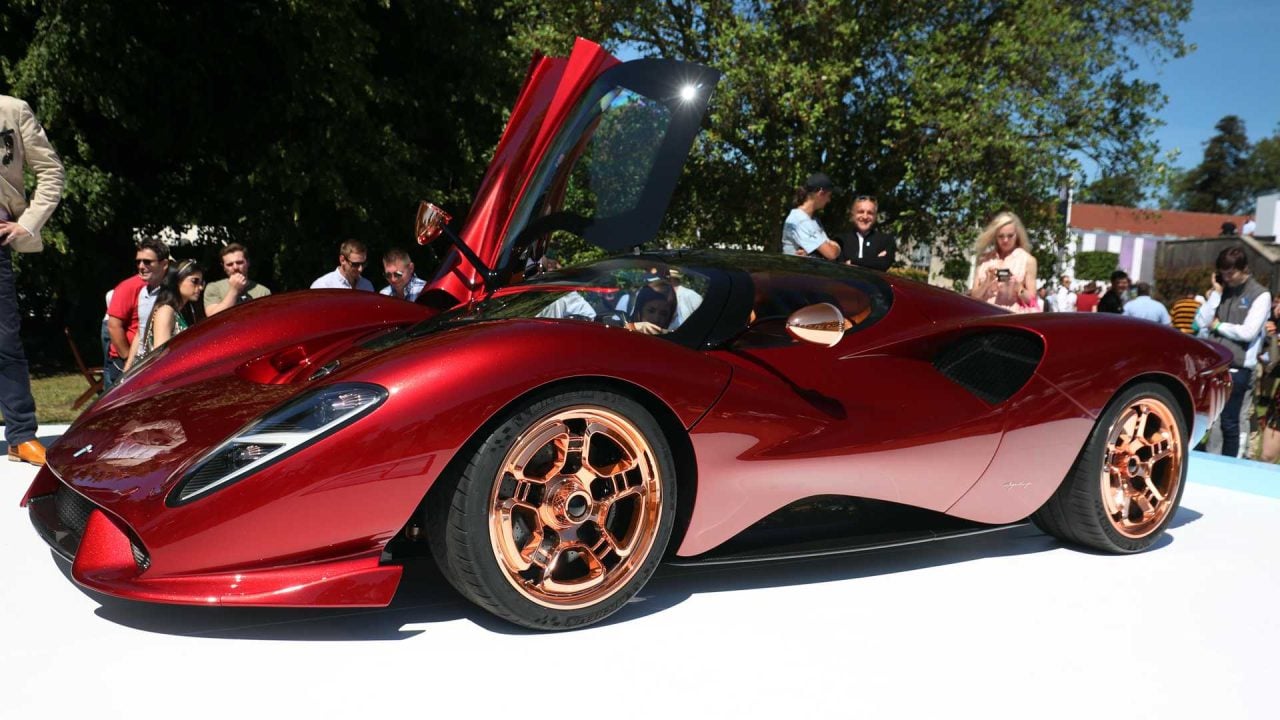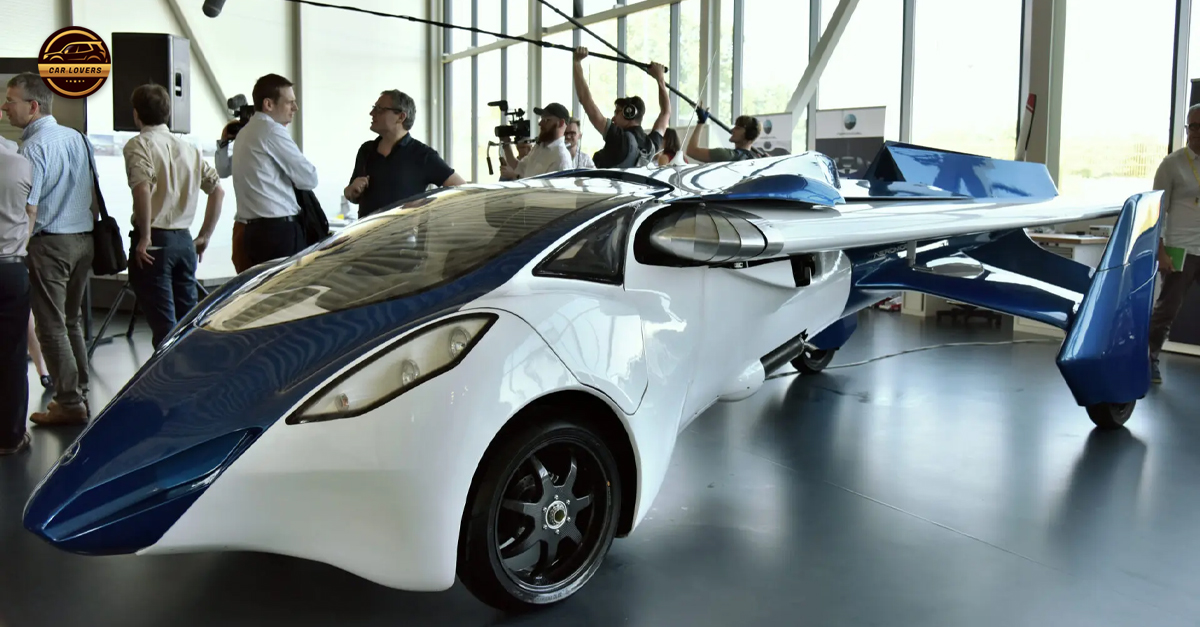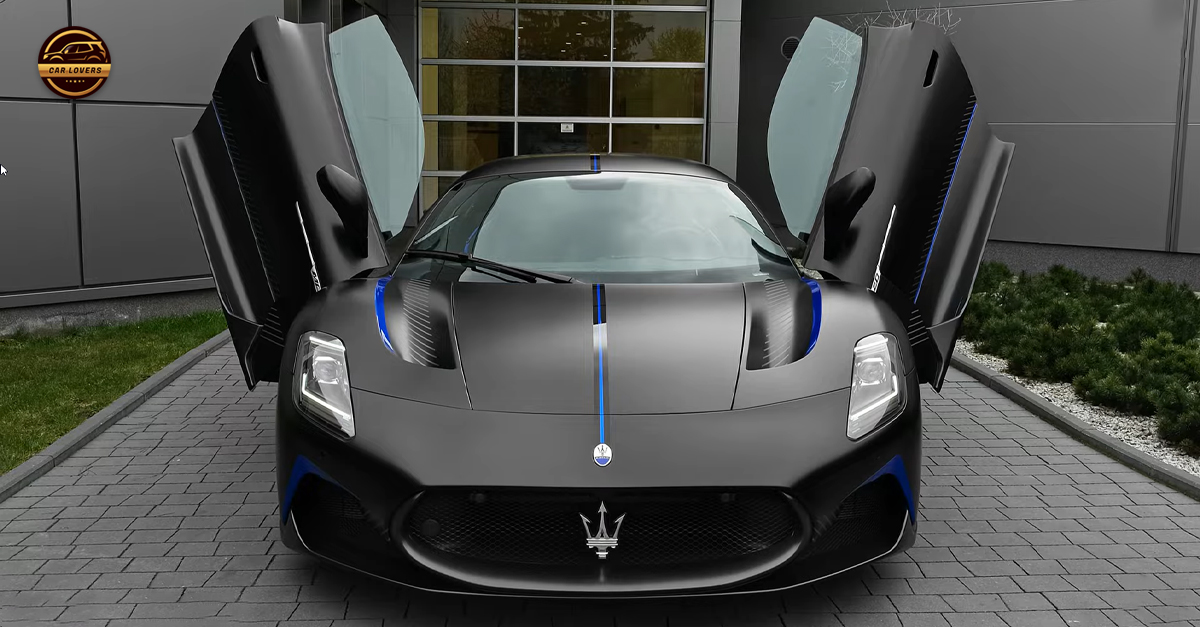Classic air-cooled four-cylinder meets throttle-by-wire fuel injection
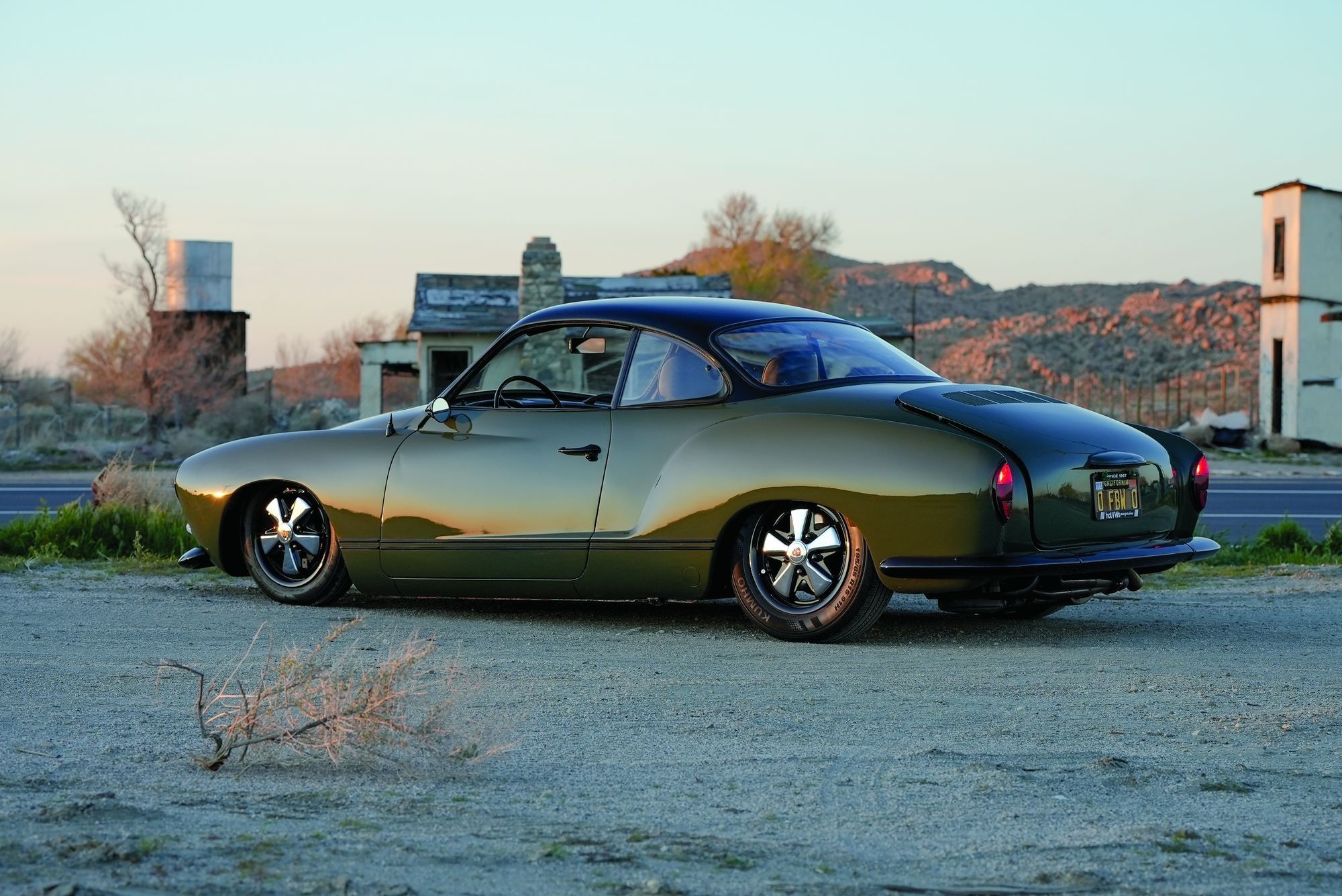
Volkswagens, particularly the modified variety, have been coexisting like curds and whey with car enthusiasts in Southern California almost since the bombed-out Wolfsburg plant slowly came back to life. Volkswagens in California took all forms, from deadstock to surfboard-wielding Sambas, to early dune buggies, to Baja specials with towering stinger exhausts, over the decades. Other fans turned Volkswagens into tiny Gassers for the race tracks. If you’re of a certain age, you may have even built the Revell glue kit, which started in Hollywood, which became an EMPI-equipped high-performance Beetle.
More than 50 years later, EMPI is still in business. And people all over California, and especially the Los Angeles metropolitan area, are still throbbing with joy over air-cooled Volkswagens, especially those built. What we’re talking about here is represented by this faithfully authentic, but enthusiastically modified 1965 Volkswagen Karmann Ghia, the charming sports coupe based on the Type 1 (Beetle). It is the product of the mental image of an owner with technical knowledge of what could logically be a Volkswagen that was suitable for both fast movements and driving on the streets. The owner of this Karmann Ghia took a discontinued assembly and made it his own, using techniques practiced at his workplace, which produces highly sophisticated fuel injection systems for a variety of modern vehicles.
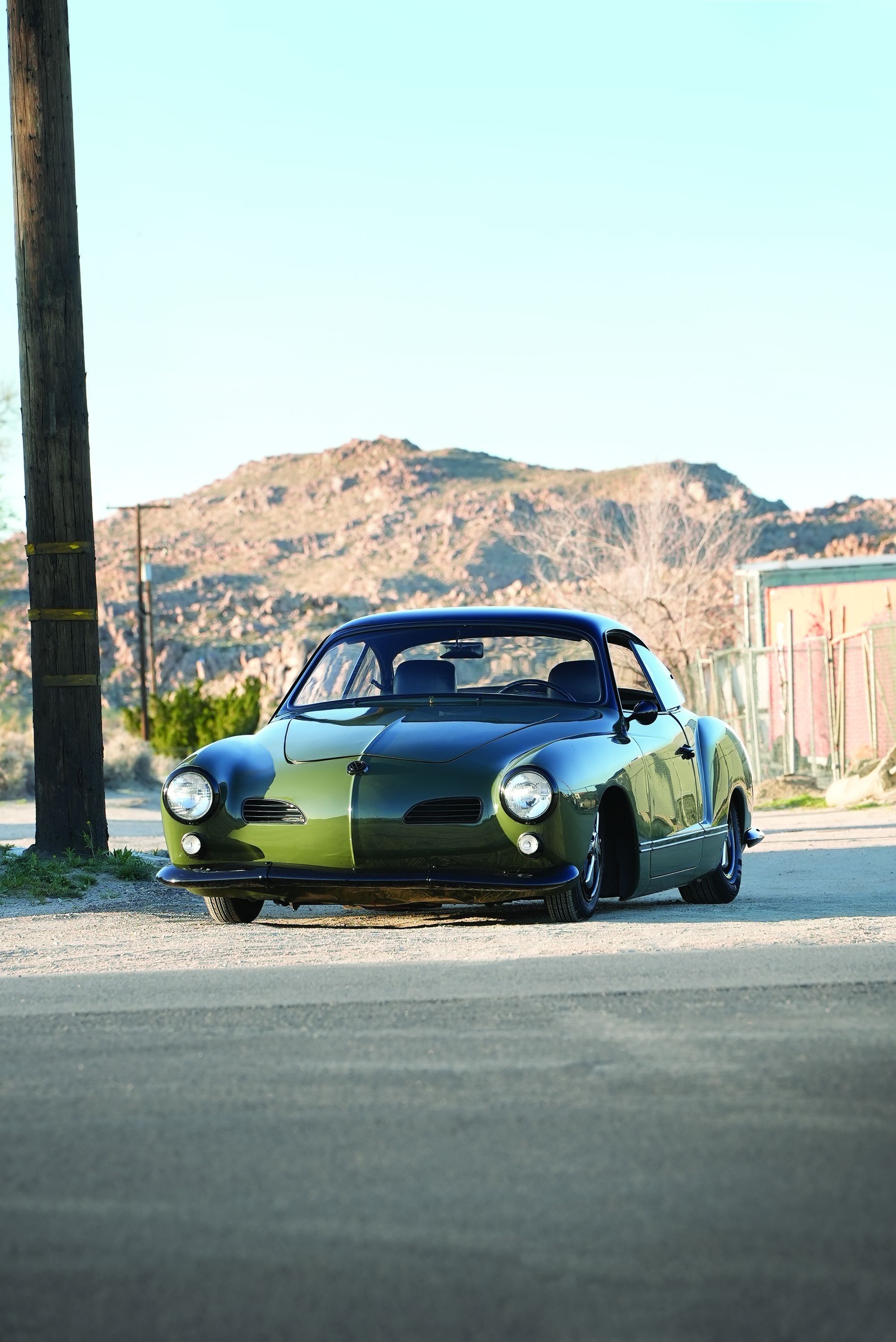
This is a far, far cry from an exercise in screwing together parts taken from cardboard boxes. Instead, Danny Foerster, who rescued this Karmann Ghia from possible oblivion, hand-engineered an advanced fuel injection system using a pair of electronic throttles that now sit behind a pair of heavy-duty high-performance air filters. size. In its history, Volkswagen has never produced a true performance version of the Karmann Ghia. Danny’s work and thought processes have transformed this into something that could have been analogous to a canyon-carving Porsche product, except it was assembled outside of Los Angeles, not Stuttgart.
“I think my Karmann Ghia is the only one in the world with twin-by-wire throttles, at least as far as I know,” says Danny.
Built as a coupe and then a convertible soon after, the original Karmann Ghia remained in the Volkswagen lineup from 1955 to 1974, until it was succeeded, first by the mid-engined Porsche 914 and eventually by the water-cooled Volkswagen Scirocco. It basically used a Type 1 platform and was assembled under contract by the German coachbuilding company Karmann at their plant in Osnabrück, Germany. It has been a When completed, the profile of the Karmann Ghia offered a sporty bent, changing the attitude of the Ghia’s original styling. For a long time, there was a misconception that “Ghia,” in this case, referred to the Volkswagen body style. Instead, it refers to Turin’s Carrozzeria Ghia, the design house whose owner, Luigi Segre, contacted Wilhelm Karmann and surreptitiously redesigned a Beetle at Karmann’s suggestion. Segre showed his prototype to Karmann in 1953, who decided to build it.

The first Karmann Ghia, called the Type 14, debuted in Paris in 1953 before being approved for production. This is the first generation of the vehicle, immediately recognizable by its low headlights. In 1961, Volkswagen carried out a redesign of the Karmann Ghia; Its largely hand-built bodywork now had higher-positioned headlights, along with wider front grilles located inboard, as well as larger taillights. It was this configuration that lasted until the end and that represents the raw material for Danny’s project. The car is based on an uncut and unmodified body and platform that was already being transformed when he got involved.
“My friend Félix Barela was building the car. He had the car painted and then needed a place to store it,” Danny recalls. “It arrived at my store like a shell and I ended up buying it from him for what it had cost him to paint it. When I first built it, I didn’t put a lot of money into it; I just ran it with a stock engine, no custom interior or anything like that. Then after about a year of driving it, I decided to make it really nice, invest some money and a lot of time into it. “That’s how I ended up with what it is now.”
That process began about 10 years ago at Danny’s store in Huntington Beach, Orange County. It all started when the Karmann Ghia’s transmission started leaking. Danny, a lifelong Beetle fan, quickly remembered how easy it is to take apart the powertrain of these cars. “I took out the engine and transmission and after that, everything fell apart. “I have everything powder coated and things like that,” he says. “First, I had the transmission redone. I then completely rebuilt the engine. I designed a custom fuel injection for it. “Then I designed a custom throttle-by-wire setup.”
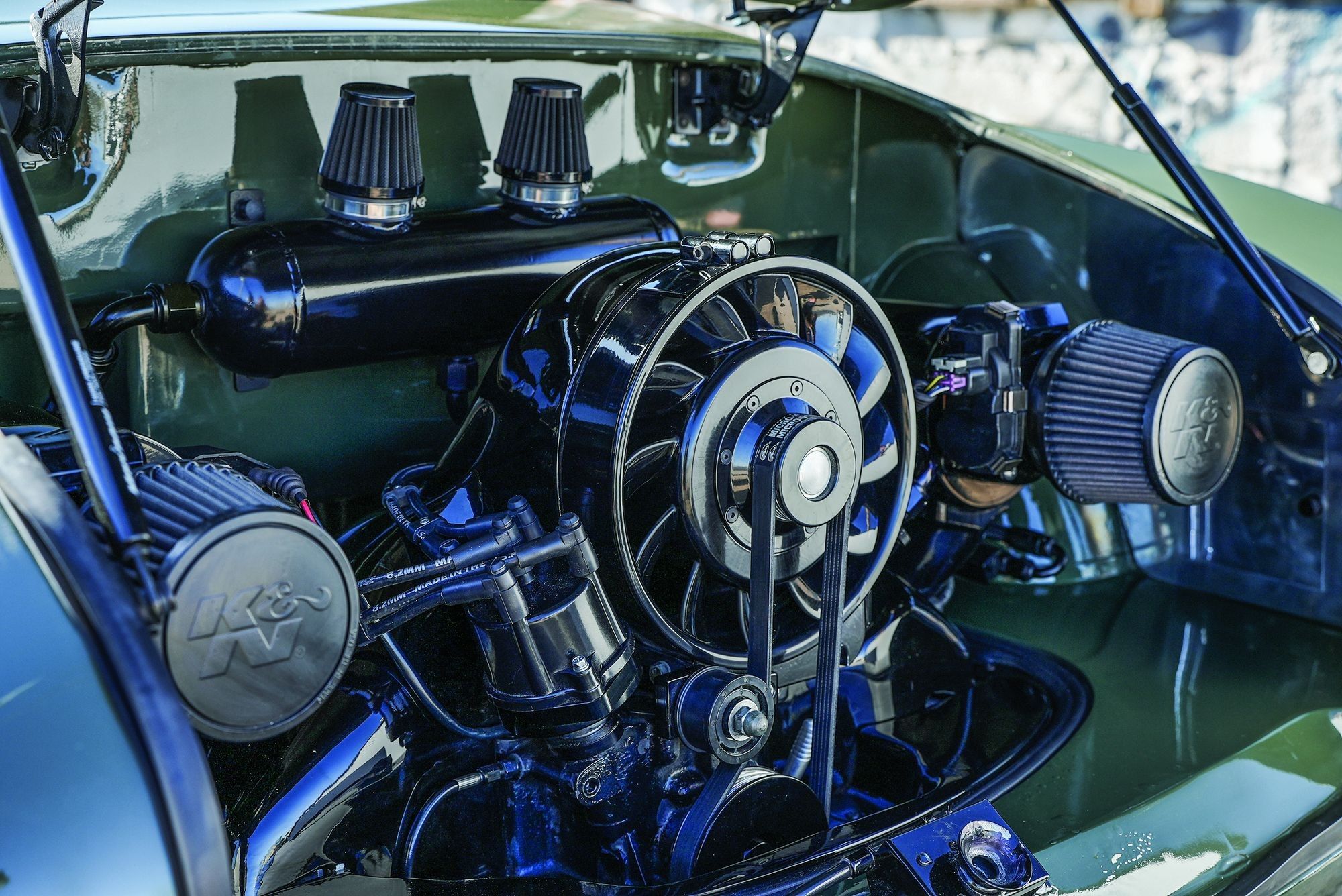
Volkswagen never offered a high-performance version of the Karmann Ghia; However, creative engineering increased the displacement of this air-cooled engine to 2,332 cc and its power to 190 hp.
Danny is a technical professional at Split Second of Santa Ana, which manufactures complete fuel injection systems and related equipment for aftermarket applications. Before deciding on the fuel system, he began building the engine with his late friend, Gary Larsen. Most of the internal components that transformed the engine came from CB Performance Products of Farmersville, California, a specialist in hot Volkswagens. Danny specified a racing crankshaft with 84mm connecting rods and 94mm pistons, bringing the four-cylinder engine’s total displacement to 2,332cc, up from the original 1,493cc. The engine has CB Performance cylinder heads with larger valves, split by a Berg Enterprises intake manifold.
The engine is naturally aspirated, but its unique fuel injection system, which Danny designed himself at Split Second, makes a stellar turn in the setup. The setup uses two electronically controlled Jet Performance throttles, one per side, fully customized and managed by a Split Second computer. The throttles were originally designed for a small-block Chevrolet LS3 V-8. As Danny explains: “It has dual chambers because it has two throttle bodies. It runs on one injector per cylinder and there are actually two computers controlling the fuel injection. Our product is designed to be used in late model cars and I have just adapted it to work on the Volkswagen engine. It takes advantage of the system that is already in the car. Allows you to control the injector pulse width. We have a throttle position and rpm input, and that gives us the manifold absolute pressure (MAP) table to control the pulse width. “You have other inputs, like air temperature and head temperature, that have their own MAP tables and can compensate by adjusting the fuel.”
As Danny says, “I like to say that I hang out with smart people who help me with my crazy ideas,” referring to his Split Second coworkers. He built the rest of the fuel system himself, fabricating the fuel rails by hand. His friend, Erik Hernandez, detailed and painted the engine bay. Another friend, who goes by the name “Pushrod Chuck,” custom made the vent box. As Danny says, recalling the dyno sheet, the rebuilt air-cooled engine now produces 190 horsepower, about 150 more than the original. The Pro Street transmission was rebuilt by Danny’s cousin, Volkswagen racing driver Jack Sachette, with welded gears, a lightened flywheel, and a Stage II clutch from CB Performance. An EMPI low-restriction exhaust system completes the package.
Owner’s view
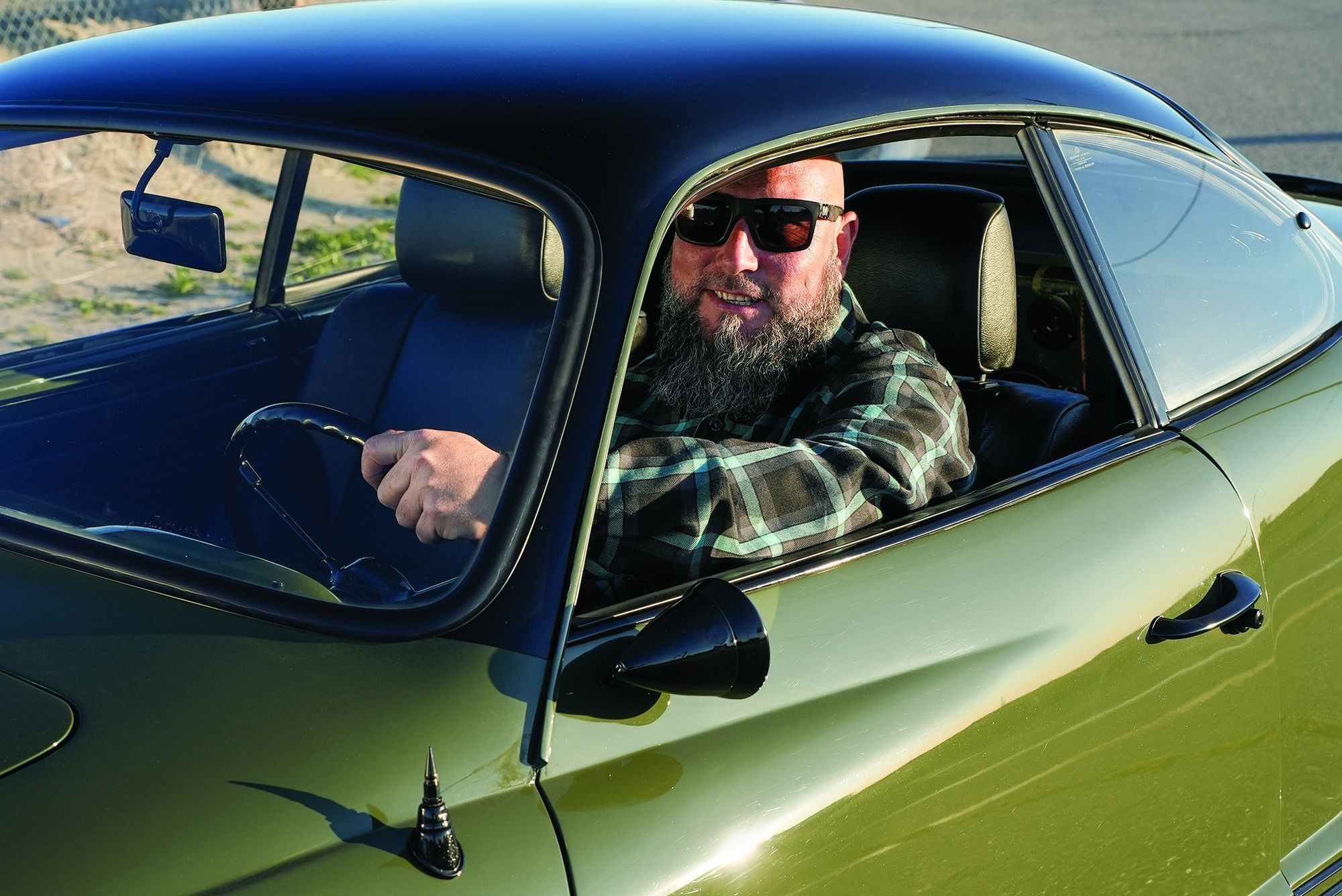
“The goal here was to make it as nice and custom as possible, and that started with the engine. It is something very out of the ordinary for a Volkswagen. That was the goal, to do something different with the car. The Karmann Ghia wasn’t there for me at first, because I’ve always been a Volkswagen Bug guy. I had never owned a Karmann Ghia and when I bought this one I fell in love with it. It’s the first one I have and the first one I built. I did almost everything with it, from putting in all the windows to making adjustments to the door gaps, all of that. I did most of the work myself. I’m happy with that”. —Danny Foerster
EMPI, the legendary Orange County-based supplier of Volkswagen speed accessories, is responsible for the majority of the chassis components. The ride height of the Karmann Ghia has been lowered by approximately 2 inches, using EMPI adjustable lowered spring plates. The car has KYB gas shock absorbers on all corners. Pushrod Chuck also got the call to narrow EMPI’s front beam, from which the spindles are hung. Narrowing it prevents the front tires from getting stuck inside the wheel wells when the Karmann Ghia corners. Those eye-catching wheels are knock-off Fuchs units (there’s the Porsche analogue again) supplied by EMPI. Lefty’s Pinstriping of Yucaipa, California, detailed the wheels in black and finished the center caps. The Karmann Ghia has CB Performance disc brakes on each wheel, which are shod with 165-wide Kumho radials in the rear and 135-wide Nankang units in the front.
Like the body, the interior is uncut. The dash is dominated by a custom round gauge, built by Speedhut of Utah, that combines the speedometer with cylinder head temperature, voltage, oil pressure and fuel level functions. The power seats come from an E46 BMW 3 Series and retain power adjustment capability. There’s a custom pedal assembly from Coolrydes Customs of Chula Vista and a custom shifter from legendary Volkswagen modder Gene Berg of Orange, topped with a knob engraved with the logo of a friend of Danny’s who runs a Volkswagen dealership in Japan. The main color is Apache green, a BMW shade.
Danny estimates he drives the Karmann Ghia about 300 miles a year, preferring to cruise the Pacific Coast Highway. The loud little German provokes a strong response. “It’s always 100 percent positive, especially when I show them the engine,” he says. “Is it a Porsche? Is it turbocharged? I have to tell you the opposite.”
